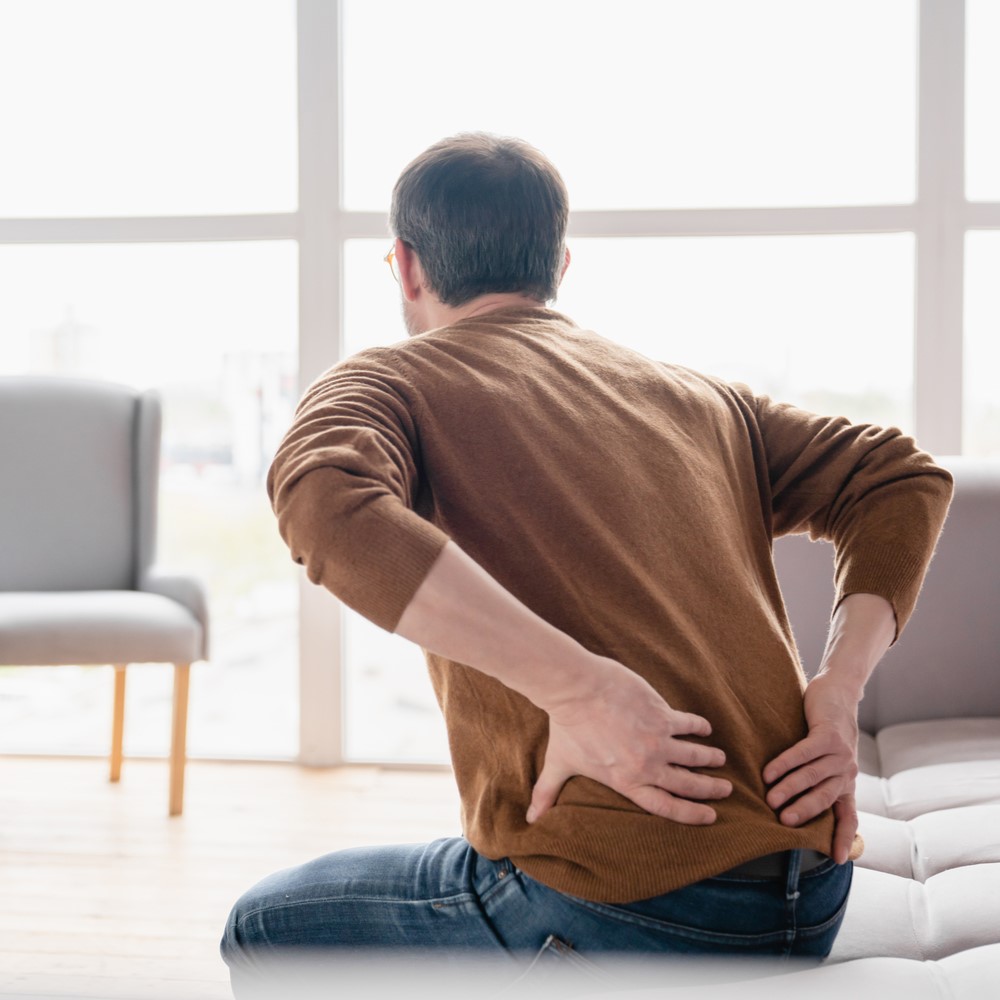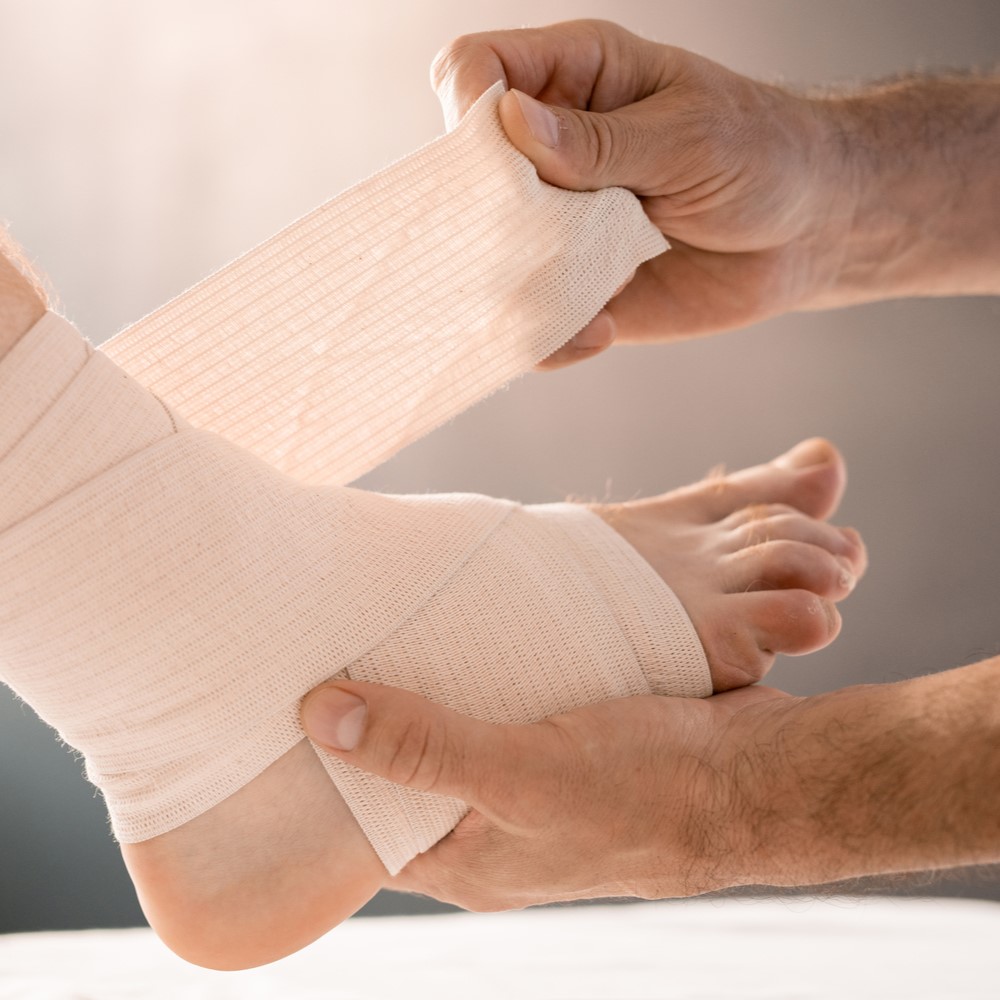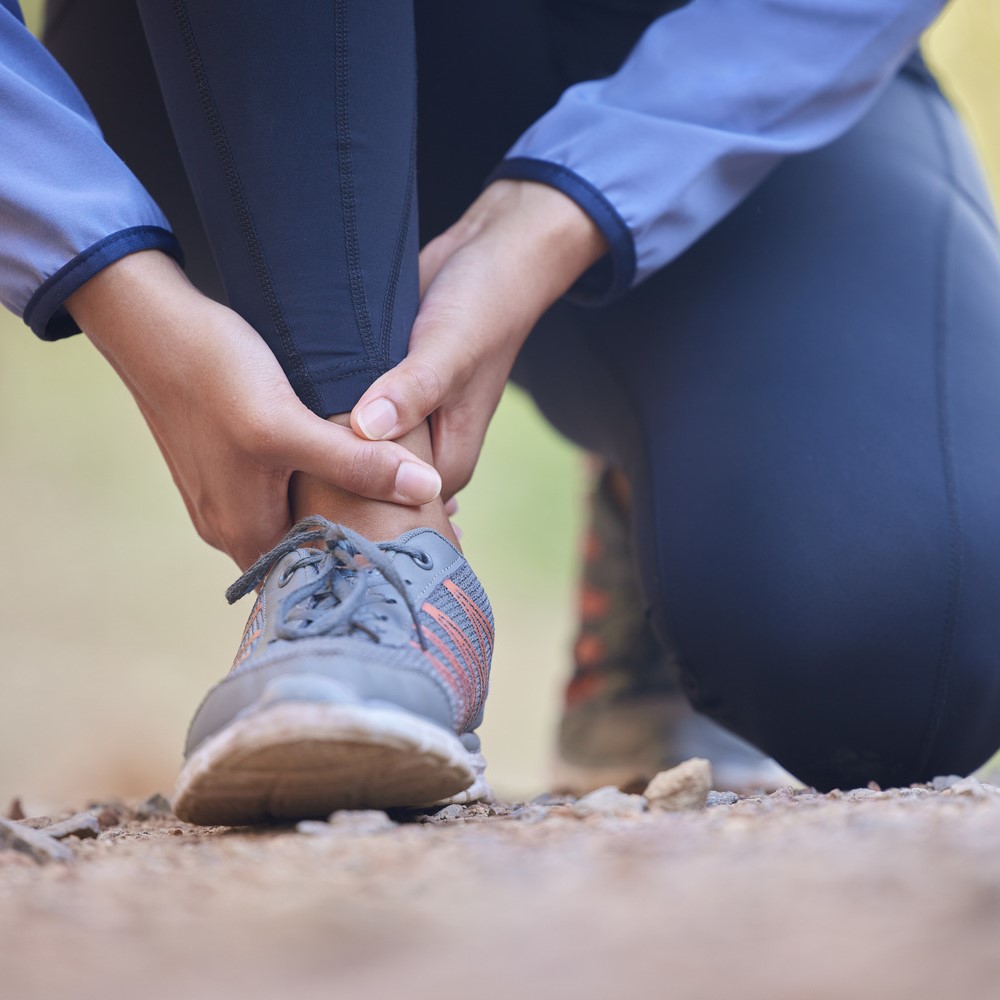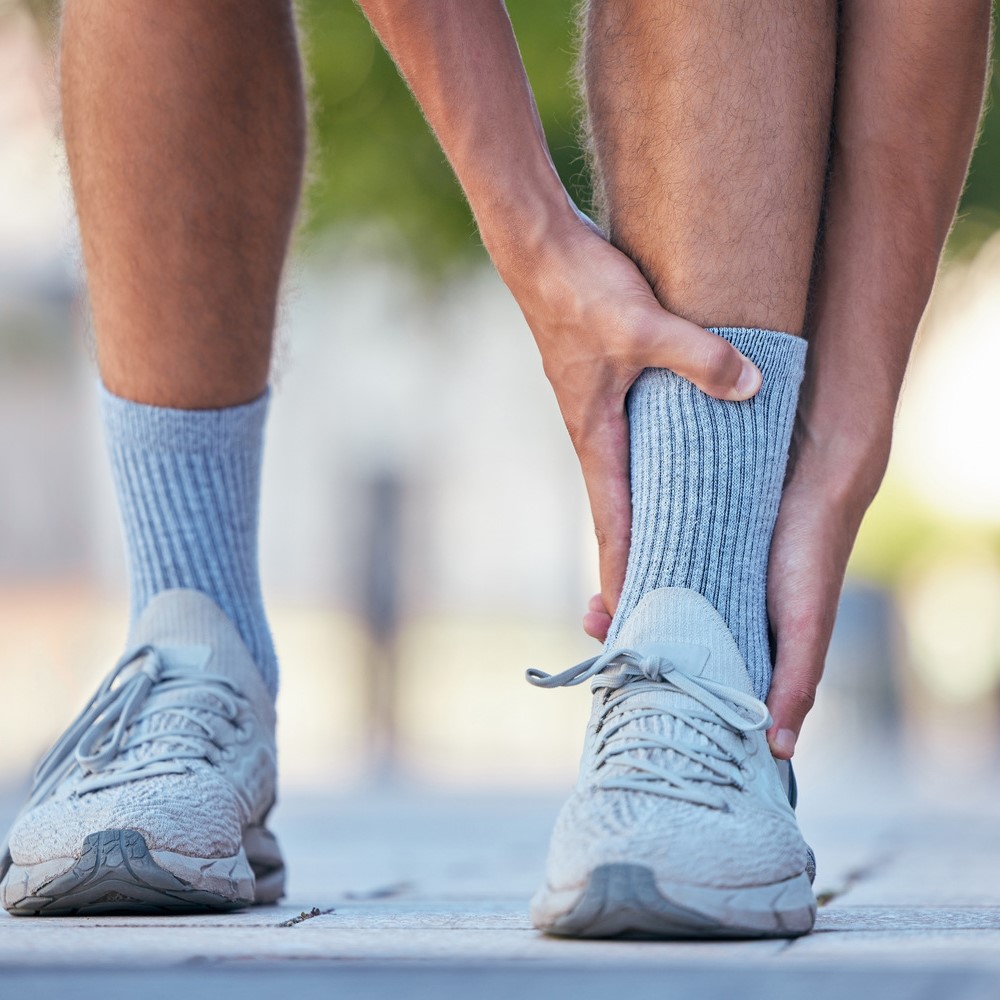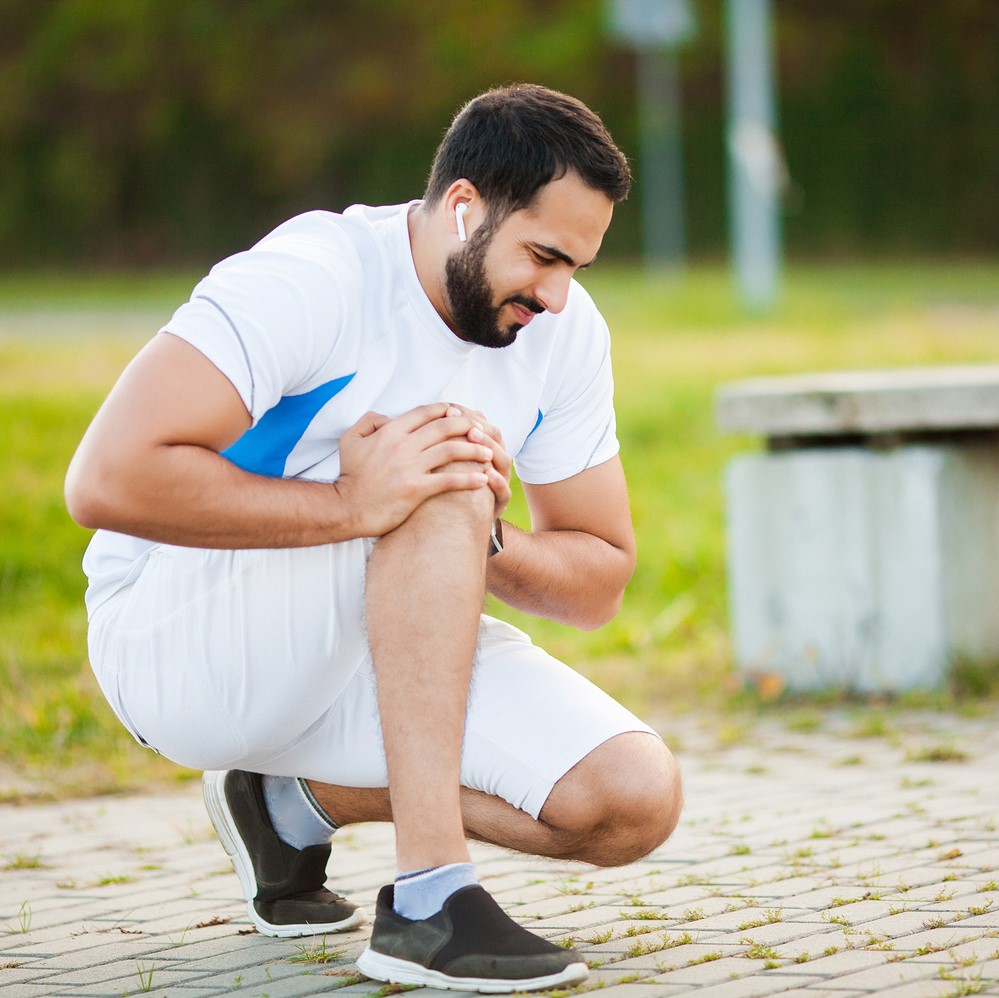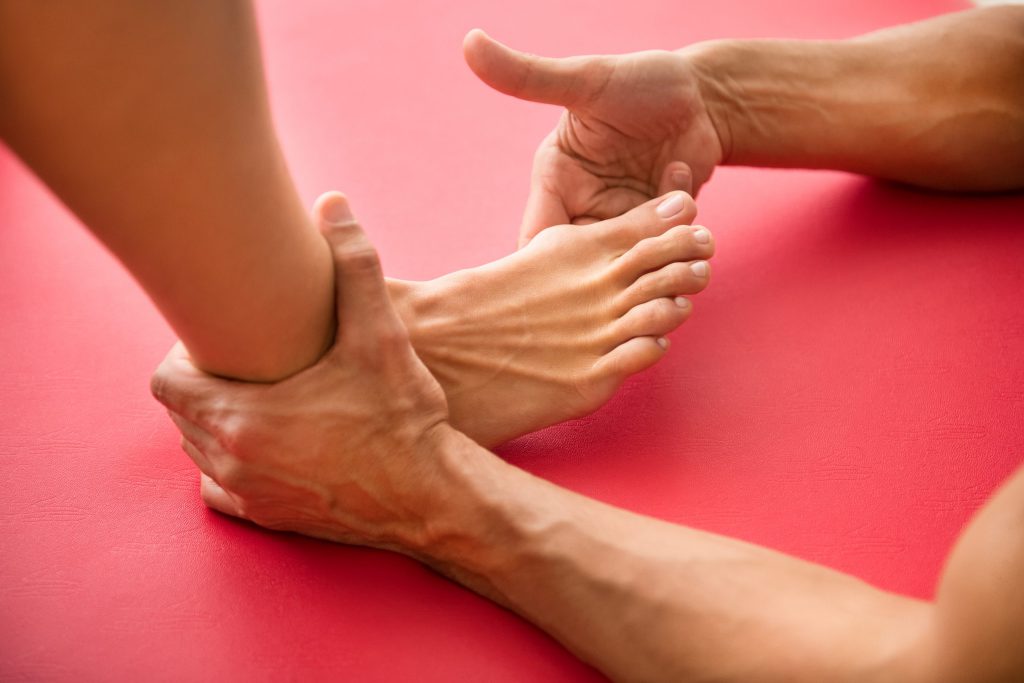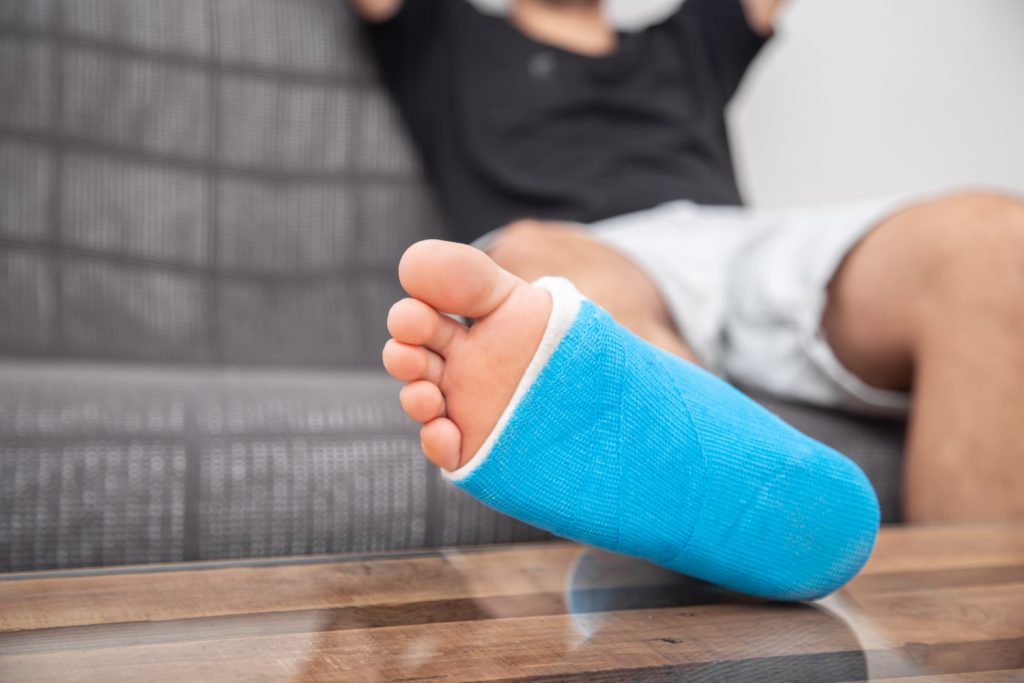The Disc problems basics that you should know
Do you carry heavy objects? Do you sit for a long time working? Then you probably suffer from back pain which attacks you every once in a while. Disc problems may be the cause! Indeed, vertebrae help to deal with a lot of pressure without problems, but some types of pressure can cause stress and irritation causing disc problems! But what are vertebrae? They are the spongy cushions that separate the bones of the spine and help absorb shock and keep the spine stable. Risk factors of disc problems Some people are more prone to disc problems than others due to the following risk factors: Poor fitness and lack of regular exercise. So, stay active and stick to your workout schedule! Smoking; we all know that smoking is a bad habit and one of the most common risk factors for many diseases. Age-related; the elderly Having some diseases such as diabetes Carrying or lifting heavy objects Doing strenuous physical activities! Too much is harmful, so get medical advice while creating your training plan. Sitting for long periods Obesity The real cause of disc issues is frequently unknown. There are several causes of back pain, so visit your doctor if the pain is severe and persistent, or if it lasts throughout the night. What is the treatment for disc problems? Treatment varies depending on the cause and severity of symptoms and can include: Use over-the-counter pain relievers. You can consult the pharmacist at Al thiqa pharmacies about the right medicine for you. Prescribed painkillers from the doctor, if necessary. Muscle relaxant if there is a muscle spasm. Physical therapies such as massage, physiotherapy, or orthotics. Use a hot or cold pack on the affected area. Surgery is a rare option and occurs if other treatments do not work and depend on age and symptoms. Tips to protect you from other injuries Some tips will help protect you from getting infected again, but some tips such as: Avoid lifting very heavy objects. Remember that movements such as bending and twisting can increase pressure or stress on the vertebrae. If you notice that certain positions are causing you pain, you may need to change your sitting position. Learn some tips for sitting properly. Being fit, staying physically active and maintaining good levels of muscle strength in your arms, legs and torso. Regular exercise to improve flexibility will improve movement and help reduce muscle tension and back pain.
The Disc problems basics that you should know Read More »
